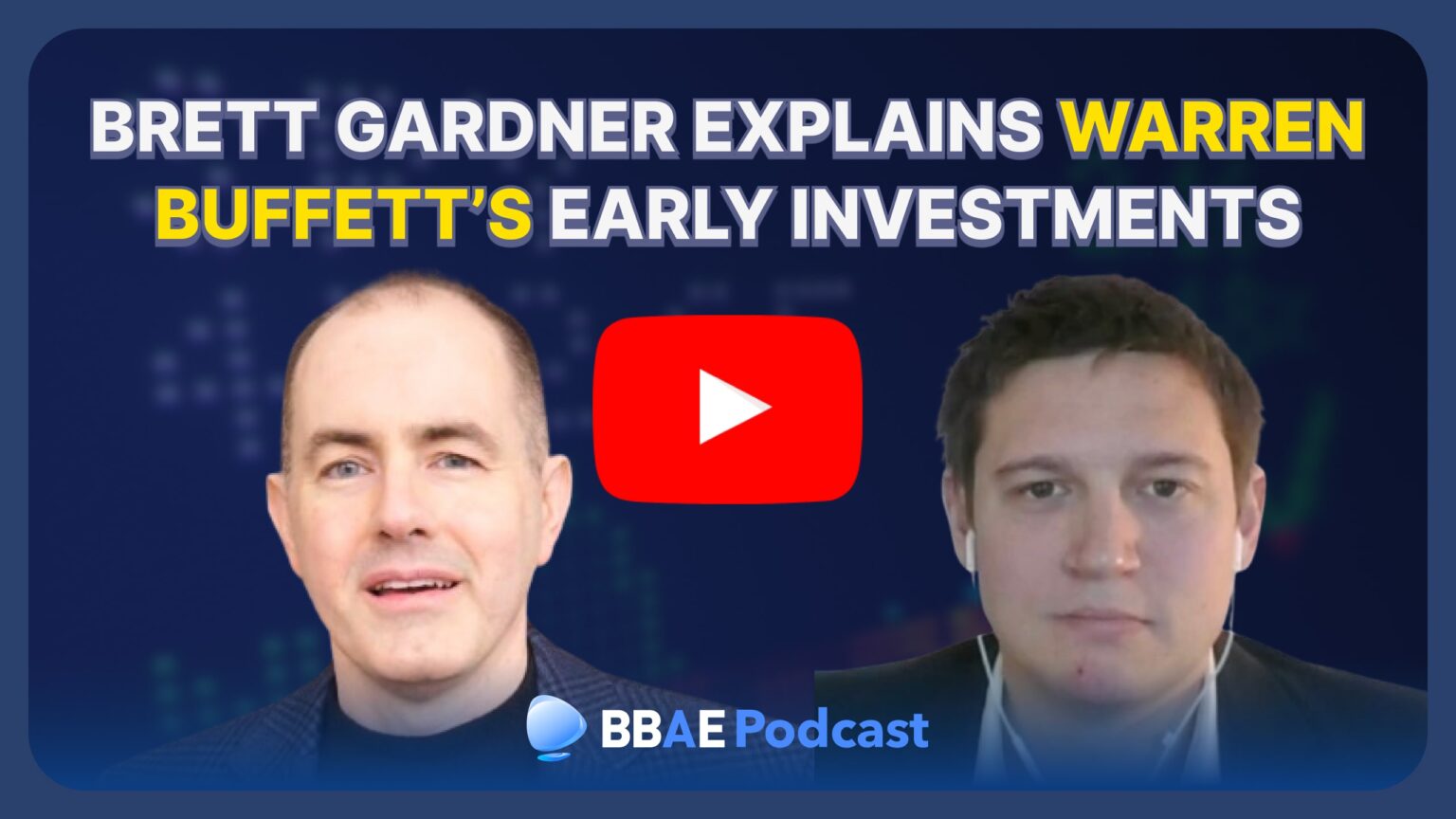Brett Gardner Explains Warren Buffett’s Early Investments
It’s a known fact that Warren Buffett’s best returns came in the 1950s and 1960s, before Berkshire Hathaway (NYSE: $BRK.B) become his investment vehicle.
Buffett, in fact, earned roughly 30% annualized returns in this period – against the backdrop of a relatively lukewarm stock market – which is phenomenal. But little light has been shed on the particulars of young Buffett’s investments until now. In this interview, Brett Gardner explains his on-the-ground research, meeting Charlie Munger (Warren’s longtime partner), and takeaways for investors from Buffett’s early years.
Brett’s research is fitting of his profession as a research analyst. To research this book, for instance, Brett read “30 or 40” books on Disney alone.
Brett debunks the notion that the 1950s and 1960s were “easy” investing years with “net nets” to be had for the taking – i.e., the idea that bargains were hiding in plain sight during a less competitive market period, and all Buffett had to do was mindlessly buy them.
On the contrary, Brett found that Buffett conducted extreme due diligence and, when possible, practiced activist investing. Brett looks at what young Buffett got right and wrong (and found that he was mostly right) and shares his thoughts on the applicability of Buffett’s investing today.
Click here or on the image below to watch:

This article is for informational purposes only and is neither investment advice nor a solicitation to buy or sell securities. All investment involves inherent risks, including the total loss of principal, and past performance is not a guarantee of future results. Always conduct thorough research or consult with a financial expert before making any investment decisions. James owns shares of Berkshire Hathaway. BBAE has no position in any investment mentioned.













